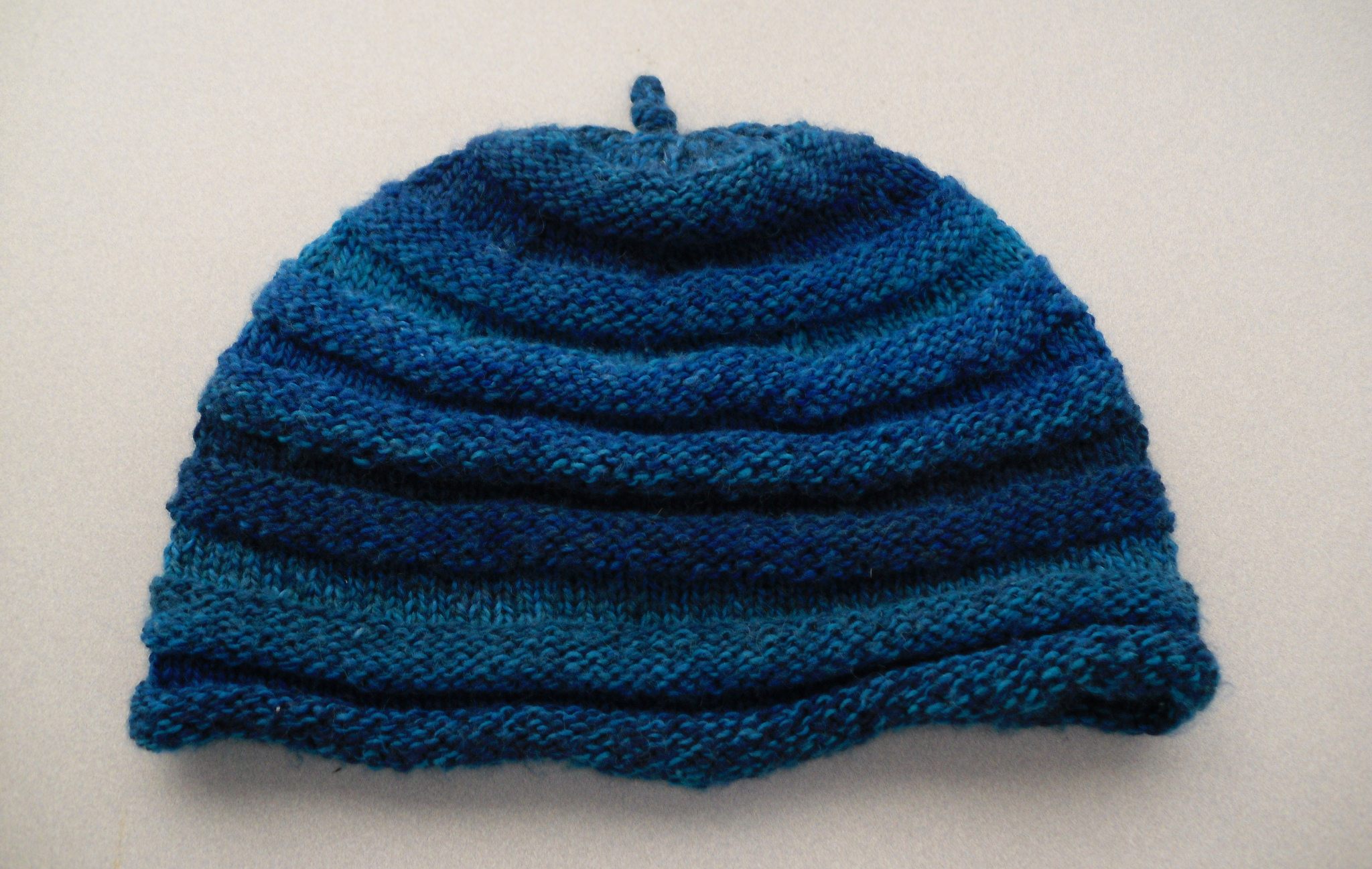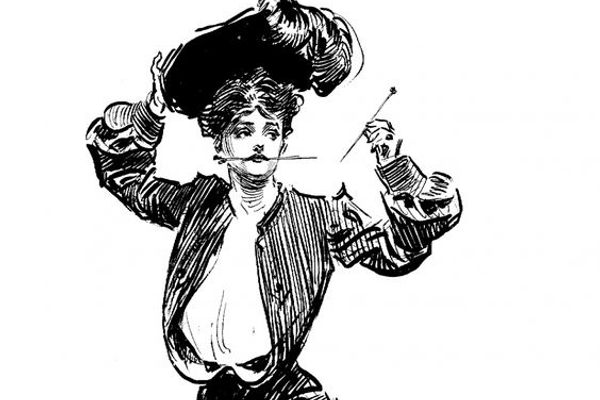What Do You Call This Hat?
The strange case of the knit cap and its many, many regional names.

When you hear the word toboggan, you might think of a long, flat sled popular throughout Canada, northern Europe, and the upper reaches of the United States. Or, if you’re from the American South, you might picture a knit hat worn in the cold. Most subscribers to one definition likely don’t realize the other exists.
But this is no isolated case of regional discrepancy. “Toboggan” is one of a vast array of words used to describe a knit hat.
The divergence between the two forms of toboggan is relatively easy to track: the use of “toboggan” to mean “sled” dates back to 1829, a French-Canadian adaption of an Algonquian word. Because of the freezing conditions, toboggan riders often wore knit hats to keep warm. These hats soon became known as “toboggan hats,” but since at least 1929, that second word has been dropped. In the American South, where snow is rare, the connection between “toboggan” and “sled” faded, and the primary definition of “toboggan” thus became the hat. In fact, some Americans might be shocked to learn that toboggans are also sleds.
The history of these regional names for knit hats, however, begins much earlier.

The modern knit hat appears to trace its origins to the Welsh town of Monmouth, whose proximity to Archenfield—a popular wool-producing town—made it a natural knitting hub. Monmouth’s most beloved knitted product? A round hat topped with a “button.”
During the 15th and 16th centuries, the Monmouth cap achieved ubiquity throughout Europe. According to A Short History of the Monmouth Cap, “capmaking so flourished under the Tudors that cappers came to occupy such municipal posts as bailiff, burgess, and juror.” In fact, a 1571 English statute required that “all [males] above the age of six years … wear upon the Sabbath and Holydays, one cap of wool knit, thicked and dressed in England,” while non-noble wives “were constrained to wear white knit caps of woolen yarn.” By 1576, the Welsh hats were so popular that they officially had their own name: in a letter dated to that year, Lord Gilbert Talbot of Goodrich Castle gifted his father “a Monmouth Cappe.”

In the 1620s, the Monmouth cap traveled to Jamestown, Virginia. In a pamphlet, Captain John Smith recommended that colonists bring one with them, a suggestion that inspired British companies to export a number of Monmouth caps into Jamestown.
The hats, which were “much favored by seamen,” also wormed their way into the navy in the 17th century. First in England and, later, the United States, they became a seafaring staple. Sailors who were “watchstanding,” or keeping lookout, often wore variations of Monmouth caps, earning the hats the still-popular name of “watch cap.”

Contemporary with the rise of the Monmouth cap, the toque—a prototype of the modern-day chef’s hat—was also gaining popularity in France and other parts of Europe. The toque, whose name likely derives from the Breton (of the Celtic region of Brittany) word for hat, soon spread to French-Canada, where fur traders embraced a modified version of it.
Today, many Canadians—and some residents of the northern reaches of the United States—refer to knitted hats as “tuques” (though the spelling is controversial). An offshoot of this word is the chook, or chuke, which is common parlance in Michigan’s Upper Peninsula.
In South Africa, Australia, and parts of the United States and Canada, knit hats are known as beanies. But the term “beanie” did not always refer to a knit hat: in the early 20th century, beanies were the multicolored caps, often equipped with propellers, that children wear.

Other names for knit hats include woolly hats, stocking caps, Mössas, and skull caps. Amish and Dutch communities might call them “sipple caps.” A knit hat with a pom-pom, known as the tophue, was popular in Denmark in the 19th century. In England, these hats might be called “bobble hats,” though this name can also be applied even if the hats lack a pom-pom (a bobble).
A “Benny hat” is another British term for a knit hat, so named for Benny from the TV show Crossroads (1964 - 1988), who refused to take off his knitted blue cap. Another variation, the jeep cap, traces its roots to the U.S. in World War II—but many Americans know it as the “Radar cap,” because it was a favorite of the M*A*S*H character Radar O’Reilly.

The regional names are multitudinous. So we want to know: Where you are from, what do you call knit hats?








Follow us on Twitter to get the latest on the world's hidden wonders.
Like us on Facebook to get the latest on the world's hidden wonders.
Follow us on Twitter Like us on Facebook